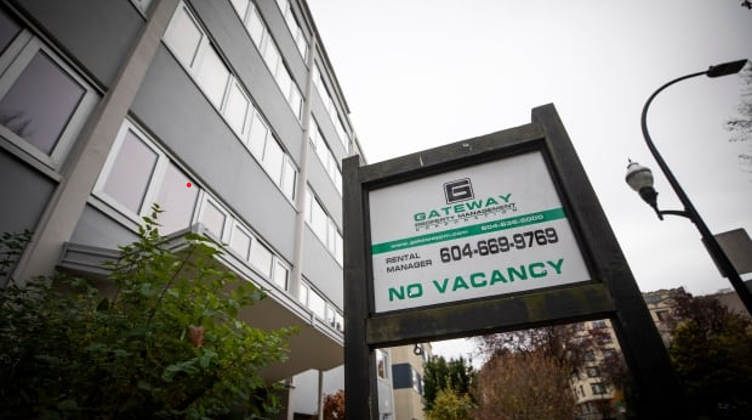Rents in Canada Decline to Two-Year Low
15-Oct-2025.

According to the latest National Rent Report from Rentals.ca and Urbanation, the average asking rent for all residential properties in Canada declined 3.2 per cent year-over-year in September to $2,123, marking the 12th consecutive month of annual rent decreases.
This follows a 38-month stretch of rent increases between August 2021 and September 2024, and represents the first two-year decline in average asking rents since January 2022.
“Renters in many parts of Canada are experiencing the best levels of affordability in two years, with the most expensive markets in Vancouver and Toronto seeing rents at their lowest in nearly four years,” said Shaun Hildebrand, president of Urbanation. “This is the result of new rental supply outstripping demand, which is unlikely to persist for long as supply from secondary market sources such as condos tightens and demand drivers such as population growth and employment stabilize.”
Rents declined across all property types in comparison to a year ago, according to the report, with purpose-built rentals down 2.1 per cent, condo rentals falling 3.0 per cent, and houses and townhomes declining 5.5 per cent.
Over two years, rents in the secondary market fell more sharply, with condos dropping 4.7 per cent and houses/townhomes down 8.3 per cent, while purpose-built rental rates increased 3.3 per cent and 18.3 per cent over three years.
Among bedroom types, one-bedrooms posted the largest annual rent drop at 4.1 per cent to $1,836, followed by two-bedrooms, studios, and three-bedrooms.
In terms of three-bedroom apartment rents, they increased 0.9 per cent annually to $2,755 for purpose-built units and 2.4 per cent to $2,923 for condos. At the other end of the spectrum, studio condo rents fell 8.7 per cent year-over-year to $1,708, which is the largest decline across all unit types.
Apartment rents declined the most in B.C. and Alberta, both down 5.5 per cent annually. The Province of Ontario followed with a 2.7 per cent drop, while smaller declines were recorded in Nova Scotia, Quebec, and Saskatchewan.
The report noted that Manitoba was the only province to record rent growth, increasing 2.6 per cent year-over-year. Over three years, apartment rents rose most significantly in the Prairie provinces, led by Manitoba, Saskatchewan, and Alberta.
All six of Canada’s largest cities posted annual rent declines in September. Vancouver led with an 8.2 per cent decrease to $2,776, followed by Calgary, Toronto, Edmonton, Ottawa, and Montreal.
Vancouver and Toronto rents were also down on a three-year basis, falling 10.5 per cent and 8.6 per cent, respectively. Edmonton, however, saw the strongest three-year growth among major cities at 18.3 per cent.
In terms of bedroom segments in major markets, the sharpest annual declines occurred in three-bedroom units in Calgary, two-bedroom units in Toronto, and one-bedroom units in Vancouver. Montreal and Edmonton recorded rent increases for three-bedroom units, rising 7.6 per cent and 1.1 per cent, respectively.
The average asking rent for shared accommodations across four provinces fell 6.6 per cent annually in September to $943, returning to the same level as two years ago. Rents declined 7.4 per cent in B.C., 7.1 per cent in Alberta, 6.9 per cent in Ontario, and 3.7 per cent in Quebec.
According to the report, Vancouver saw the steepest annual drop at 14.7 per cent to $1,268, while Ottawa posted the strongest growth at 16.2 per cent to $1,108. Rents remained flat in Toronto and increased slightly by 0.5 per cent in Edmonton.







